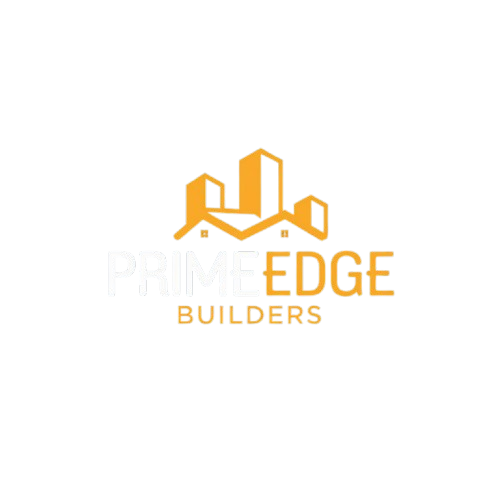"Top Construction Trends of 2024: Transforming the Industry.
- CodeFlowSolutions Solutions

- Feb 6
- 3 min read
Updated: Feb 8
The construction industry is gearing up for an exciting transformation in 2024. New technologies and innovative approaches are ready to redefine how we design, build, and manage construction projects. This blog post will explore the top five construction trends that are reshaping the industry, making it more efficient and sustainable.
1. Sustainable Building Practices
With climate change becoming a major concern, the construction industry is increasingly focusing on sustainable building practices. The use of eco-friendly materials and energy-efficient designs is expected to rise significantly in 2024. For example, buildings featuring renewable energy solutions, like solar panels and wind turbines, are projected to make up 50% of new construction projects as consumer demand for greener solutions increases.
Sustainable practices not only reduce environmental harm but also enhance the durability and resilience of buildings. According to the World Green Building Council, green buildings can reduce energy costs by up to 30%. As investors recognize the long-term financial benefits associated with these investments, more projects will be designed with sustainability as a priority.

2. Digital Twin Technology
Digital Twin Technology is gaining traction and is predicted to revolutionize the construction industry in 2024. This advanced technology involves creating a virtual replica of a physical asset. For instance, a construction company might use a digital twin of a bridge to visualize its structure and systems in real time.
By using sensors and IoT devices, construction teams can monitor performance, predict maintenance issues, and optimize efficiency. Research indicates that companies that adopt digital twins can save up to 25% on project costs because of improved decision-making and resource allocation. As this technology becomes more prevalent, it will enhance collaboration among team members and stakeholders for a more streamlined process.
3. Modular and Prefabricated Construction
The shift towards modular and prefabricated construction methods is set to explode in 2024 due to their efficiency and cost-effectiveness. For example, in 2022, projects using off-site construction techniques showed a 20% reduction in overall project timelines compared to traditional methods. This trend allows building components to be manufactured in controlled environments before being assembled on-site.
These methods not only cut down on construction time but also reduce waste, leading to significant economic and ecological advantages. Moreover, modular construction can alleviate labor shortages, allowing teams to focus on assembly while requiring fewer skilled workers on-site.

4. Advanced Construction Technologies
The integration of advanced construction technologies, such as drones, robotics, and 3D printing, is transforming traditional building processes. In 2024, we can expect to see an increase in the use of drones for site surveys and inspections. Studies show that drone-based inspections can reduce the time spent on monitoring projects by up to 50%.
Robotics are improving the accuracy and efficiency of repetitive tasks, thus minimizing human error. Additionally, 3D printing technology is enabling the construction of buildings at a fraction of the time and cost while allowing for innovative designs that were once impossible. For example, some companies have built entire homes in as little as 24 hours thanks to 3D printing.
These technologies contribute to safer work environments by decreasing the need for manual labor, thus reducing potential hazards on-site.
5. Focus on Health and Safety
As the industry evolves, an emphasis on health and safety is becoming increasingly important for 2024. The lessons learned from the COVID-19 pandemic have prompted a re-evaluation of workplace protocols. In 2024, we can expect companies to focus on mental health initiatives, ergonomic tools, and wellness programs designed for construction workers.
Investments in advanced safety technologies, like wearables that track worker health and safety conditions, are anticipated to increase. According to the National Safety Council, companies that invest in safety improvements see a return of $3 to $6 for every dollar spent, making it evident that safety plays a critical role in productivity and talent retention.
A New Era for Construction
As we move into 2024, the construction industry stands at an exciting crossroads of innovation and sustainability. The trends highlighted in this post—sustainable building practices, digital twin technology, modular and prefabricated construction, advanced construction technologies, and a strengthened focus on health and safety—are reshaping the way we create and manage our physical spaces.
By embracing these trends, the industry will become more efficient, safer, and environmentally responsible. Stakeholders at every level must adapt to these evolving trends to maintain competitiveness and meet the demands of a rapidly changing world.
2024 promises to be a defining year for construction, shaping not just the methods we use, but also the future of building itself.




Comments